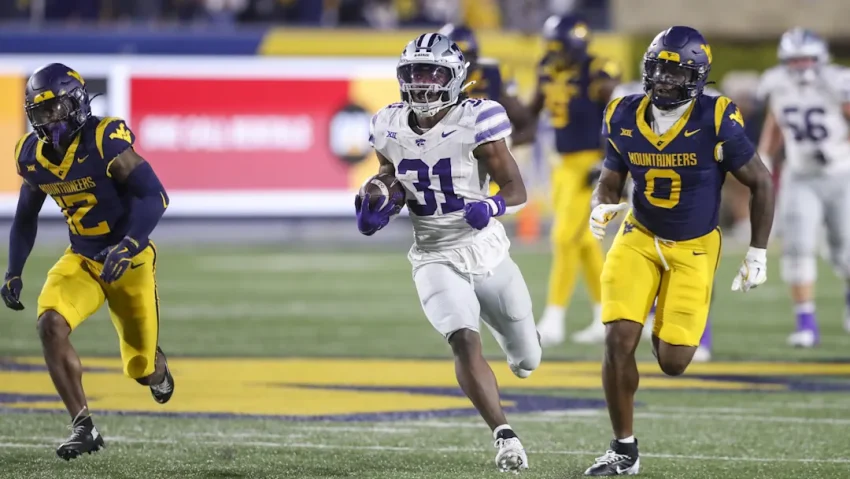
Poles has never used the early part of the draft to focus on the running back position and to come up with a valued back later would be ideal.
He took Baylor back Trestan Ebner in Round 6, a ball carrier with 4.43-second 40-yard speed and reported versatility. Ebner averaged 2.25 yards a carry, 1.3 yards after contact and caught only two passes for 8 yards. They cut him before his second season.
They used a fourth-rounder for Roschon Johnson, who has become a designated short-yardage runner and there is a need now for a versatile backup or even challenger to D’Andre Swift after they traded Khalil Herbert last year.
With an offensive line that struggled blocking the run and pass in 2024, the Bears have convinced multitudes they’ll aim for offensive line help early and often in the draft.
With explosive Boise State running back Ashton Jeanty a potential top-10 pick, there’s always the possibility they’d take him instead of a lineman if they felt like being held to ridicule by NFL analysts everywhere. An explosive back is going nowhere without blocking and that’s their big problem now. An average or above-average back becomes much more with blocking.
Finding a back who is not highly thought of later in the draft but contributes would be perfect for Poles, much the way they thought they had done with Ebner.
Tyler Brooke of The 33rd Team identifies a true “sleeper” back in this year’s draft. He labels DJ Giddens of Kansas State as that sleeper whose talent will surprise once it’s evaluated.
It’s a familiar position for Giddens to be coming in under the radar, so to speak, because he was a walk-on at Kansas State after he hadn’t started playing football until his sophomore year of high school.
His 3,087 yards and 23 touchdowns for the Wildcats say he exceeded expectations.
Brooke puts forth a few metrics that show Giddens is every bit as good as the players being mentioned as top backs for this draft class, like Ashton Jeanty, Kaleb Johnson, TreVeyon Henderson and Omarion Hampton. For instance, Giddens has a better yards after contact per rush than Hampton, Harvey and almost as good as Johnson.
“The metrics are promising, but it’s the film that will get scouts talking and excited about Giddens as an NFL prospect,” Brooke wrote.
Giddens didn’t take part in the Senior Bowl due to an undisclosed upper body injury that will need to be explained to teams in Indianapolis. But his tape shows an assortment of skills like elusiveness, power and an ability to make jump cuts. He runs through tackles and displays more explosiveness than many bigger (6-foot-1, 212 pounds) backs
He also has shown receiving ability with 58 catches for a very impressive 679 yards and four TDs.
About the only criticism of Giddens delivered was his pass blocking but this is true of a good many rookie running backs.
So much of where skill position players land is determined by how they work out at the scouting combine, so his 40 time and other timings will be closely monitored and could influence things.
However, it would seem Giddens will stay below radar if other assessments are correct. Pro Football Focus’ John Owning released an analytic view of the best backs in the draft, rating them for yards after contact, missed tackles forced and elusiveness.
Those Owens’ numbers came up with in this draft as potential immediate impact backs are Jeanty, Hampton, Johnson, Arizona State’s Cam Skattebo, Central Florida’s RJ Harvey and Cincinnati’s Corey Kiner.
Giddens wasn’t among them.
All the better for finding a back later in the draft as the proverbial diamond in the rough.
